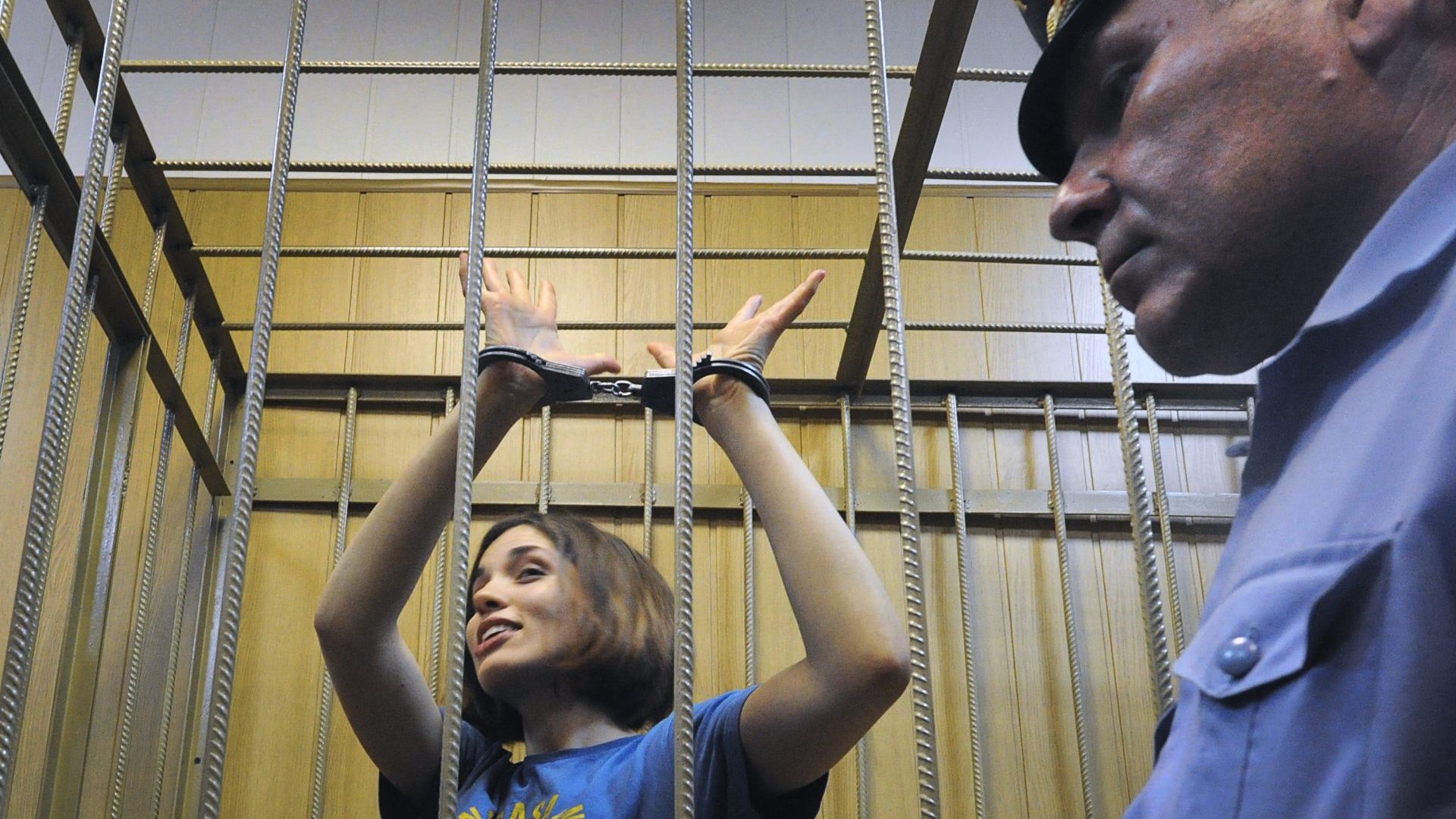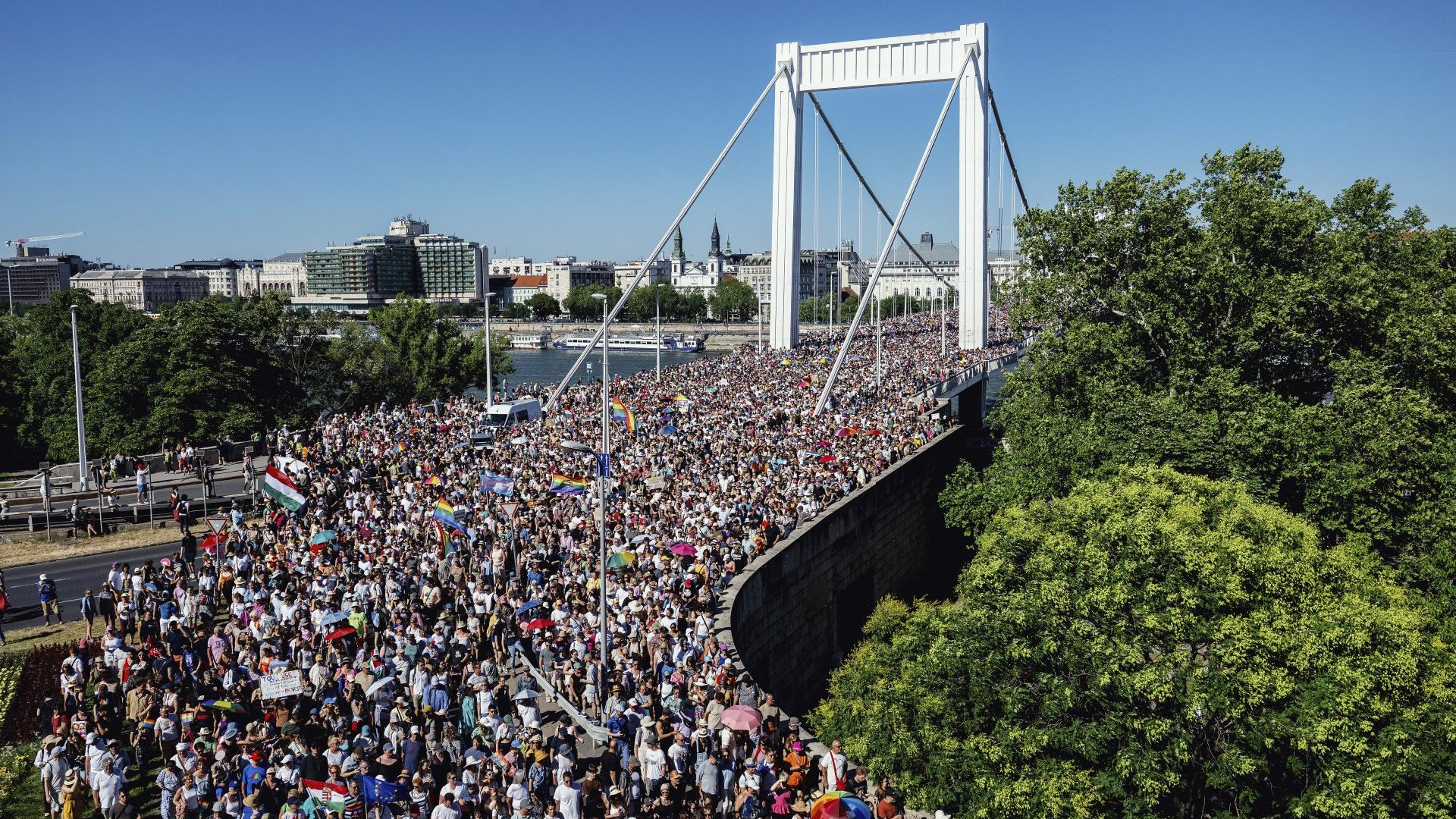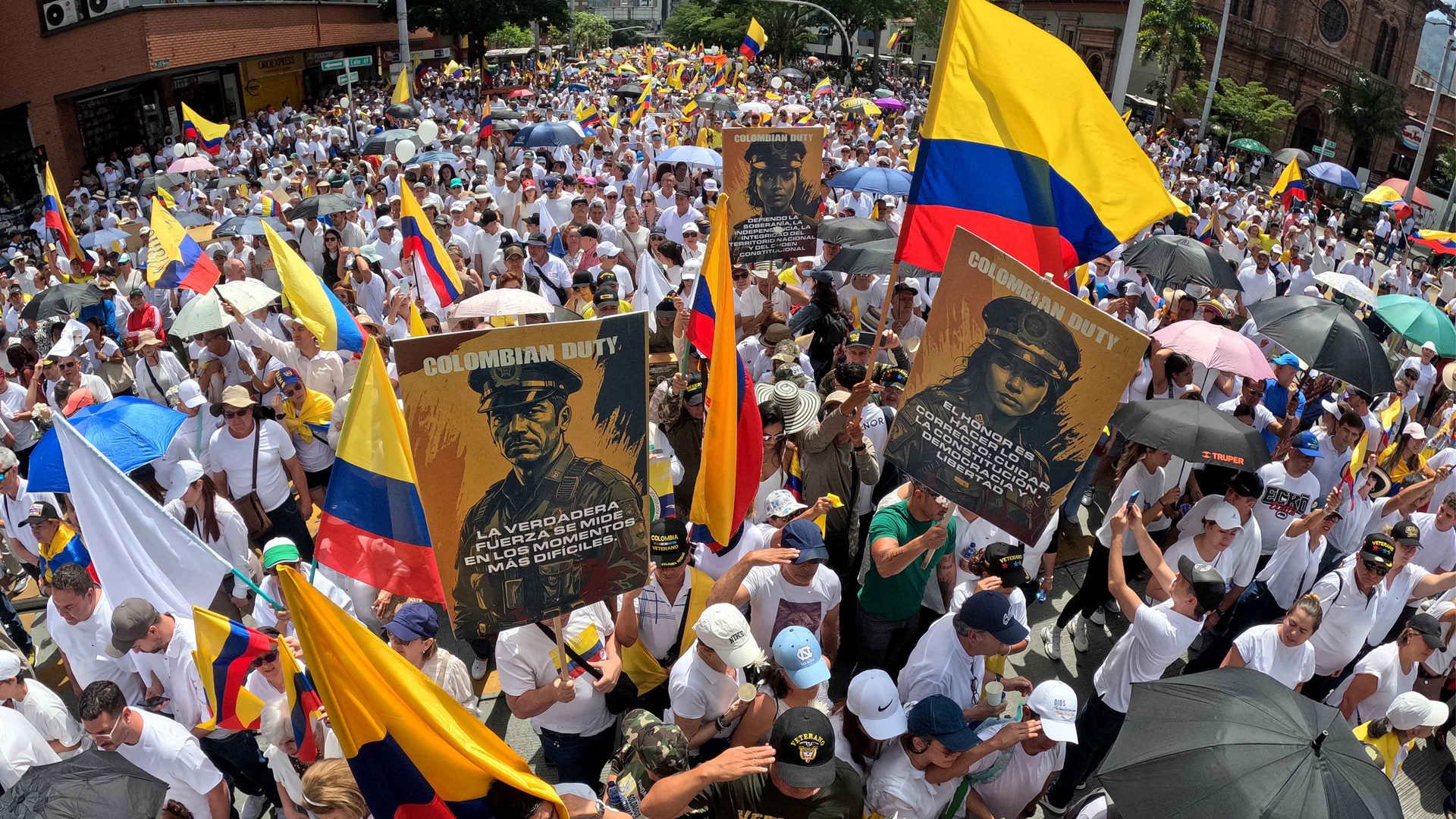I was in the audience when Pussy Riot exploded on to the stage at Dresden’s State Theatre last month, but thank goodness I wasn’t in the front rows. I would have been deafened by the support act, which consisted only of a drummer named Eric, who the band had picked up in Vancouver and brought along to open for them. Eric was LOUD.
Then I would have been in the firing line as Pussy Riot themselves simulated spitting on the audience, in the time-honoured punk tradition. Only this time it wasn’t sputum but spring water. Plastic bottles of the stuff flew through the air.
Next, I would have been horribly close to the big screen showing a video of Russian journalist Irina Slavina dousing herself in petrol, setting herself alight and burning to death. It was the day after a police raid on her apartment. They’d seized material she was compiling for the anti-Kremlin Kozo Press, funded by the Khodorkovsky Foundation. Even from where I was sitting near the back of the packed theatre, the video was horrible to watch.
Pussy Riot paused respectfully and stood with heads bowed for a minute’s silence. The late opposition election candidate Alexei Navalny, who died in one of Vladimir Putin’s gulags, was then shown on screen. Next, we watched as Russian bombs rained death on Ukraine while Putin was seen meeting Kim Jong-Un of North Korea. The news footage was cleverly cut for maximum propaganda effect and tinted blood red.
Watching it here in Dresden had a special resonance – this is the East German city where the young KGB officer Vladimir Putin was stationed with the occupying Soviet force. Older members of the audience would remember that Putin’s forces were confronted with mass demonstrations just a few streets away from this theatre on December 5, 1989. Thousands of local people joined the movement known here as the Peaceful Revolution which brought down the Berlin Wall.
Legend has it here that Putin was itching to open fire on the protesters. In June 1953, a similar uprising had been brutally crushed by Soviet tanks, leaving nine dead and hundreds injured. But in ’89, a different regime was in place in the Kremlin.
Years later, the dictator did make sure that Pussy Riot – the charismatic young women we watched capering like teenagers around the Dresden State Theatre – served three-year prison terms in Russia’s toughest jails.
Since release they have worked into their act videos of their so-called crimes of blasphemy and spreading religious hatred. Disguised in pious headscarves and long overcoats, they smuggled an electric guitar into the Cathedral of Christ the Saviour in Moscow. Then they put on their homemade balaclavas and belted out a song in front of the altar:
“Virgin Mary, Mother of God, banish Putin! Banish Putin, banish Putin!”
In her prison diary, Maria Alyokhina – known as Masha – describes how she went on hunger strikes, incited protests and rigged up pulleys made of torn bedsheets to transport cigarettes to Nadya Tolokonnikova, her fellow Pussy Riot prisoner. Masha took the authorities to court, time and again, for abuses of human rights including enforced psychiatric treatment and three-times-a-week strip searches with internal examination by guards, not gynaecologists. Time after time, she won.
“Freedom,” she says in her book, “doesn’t exist unless you fight for it every day.”
They put on a great show. But I bet they don’t get such an ecstatic welcome anywhere else as they got here in Dresden – the city where Putin had to back down.
Jane Whyatt has worked as a journalist, newsreader and independent TV producer



